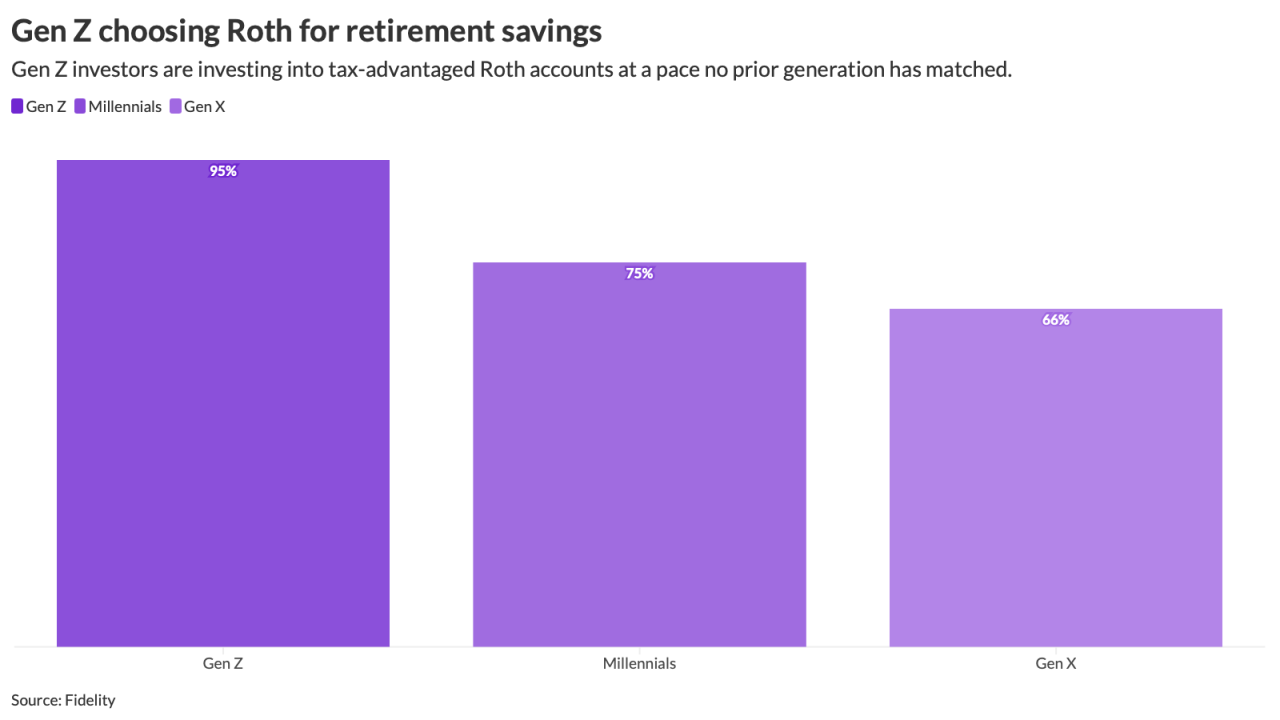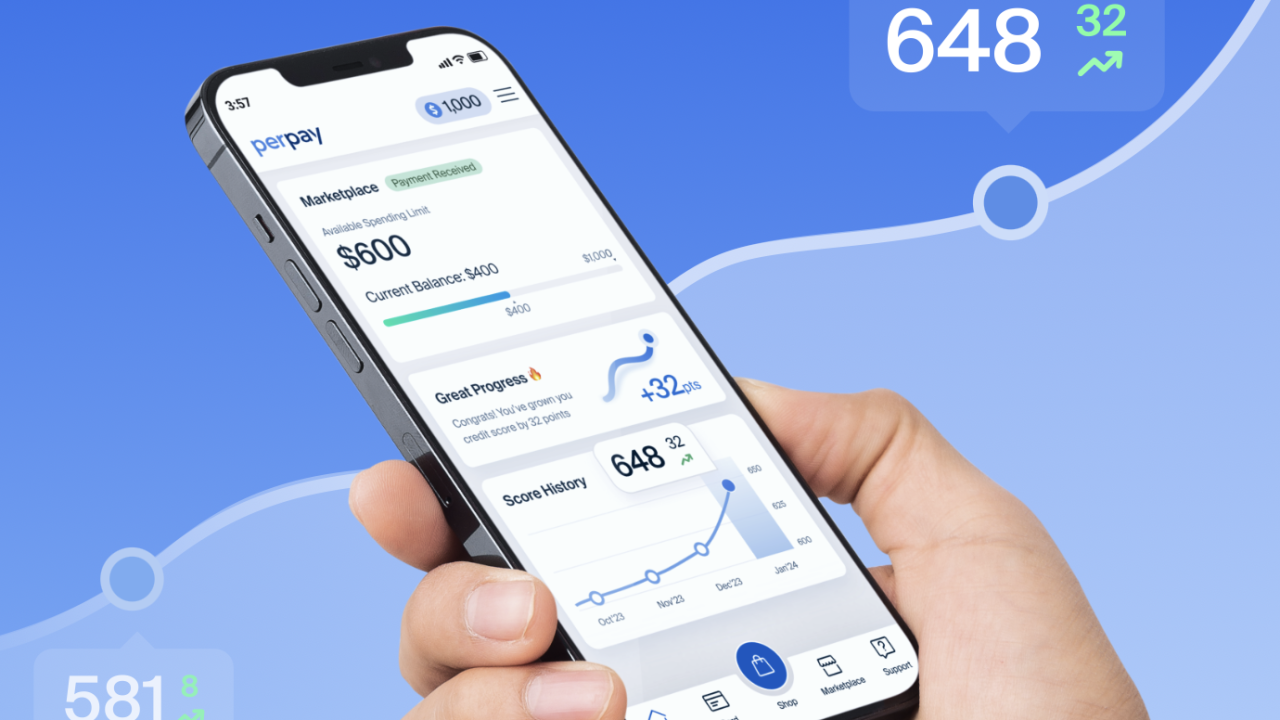Benefit managers have a lot of options when it comes to
Au Pair in America vets au pair applicants from more than 50 countries and matches those who qualify with families across 44 states in the U.S. Candidates are typically women, aged 18-26, who are looking to come to the U.S. for a cultural exchange experience. They live with a host family, often for a year,
"It's like a cross between a foreign exchange student and a nanny," says Robin Leon, Au Pair in America's community relations and training manager. "The best way to get in the right headspace about it is to remember it's an amazing cultural exchange program first, a great child care option second."
Read more:
All au pairs who get matched have at least 200 hours of recent child care experience, pass screening and background checks, and attend an orientation upon arrival that includes development and safety training and optional AAA driver training, saving parents the time of vetting their own candidates so they can skip straight to the interview process.
"Families love that we've done a lot with the legwork and the heavy lifting for them," Leon says. "By the time we bring them a candidate, they're already screened, they have a background check with medical review, their experience and their references. We present them on a silver platter for their interview and [let them] take it across the finish line."
In addition to Au Pair in America's program fee of $10,700, host families provide a weekly spending stipend of $200 and an annual education stipend of $500 for au pairs to attend college classes. The cost is the same regardless of how many children are being cared for. The organization works with companies to provide employees with discounts, helping to ease the financial burden. For benefit leaders, this is a chance to offer their workforce long-term, trusted in-home child care along with someone from another culture who often becomes part of the family, says Leon.
"It's not uncommon to see families on their 11th contract," she says. "[Imagine] you started when you had your first kid, and now you have three kids. You've had au pairs from different countries around the world, which is really cool. If there is a language or country of origin or culture that you're interested in, [you can] find someone with that."
Read more:
While the cost of child care centers varies greatly depending on location, a report from Child Care Aware of America found that the average annual cost for one infant-age to 4-year-old child is $11,582. Factor in having more than one child, the inability for children to attend their daycare or school when sick, facility closures and older children needing before- and after- school care or participating in activities that require transportation, and families face a mix of high cost and unreliable or stretched resources. Having an au pair means voiding all of these complications, Leon says.
"It's great for life's little surprises," she says. "Sick days and teacher days and snow days — all of those things can torpedo your attempt to have a career. [Au pairs] are there and can be flexible for when [these things happen]."
Read more:
By cutting down on the cost and logistical challenges many working parents face, employers stand to achieve better attendance and retention, Leon says. And since an au pair's schedule revolves around the needs of the family, they can help during non-working hours, as well, allowing parents to do anything from yoga classes to errands to date night, Leon points out.
"This goes to quality of life, which hopefully employers are concerned about," she says. "We are happy to be the resource or part of the resource package that helps folks find flexible, affordable within child care with a cultural component."
Read more about child care benefits:






